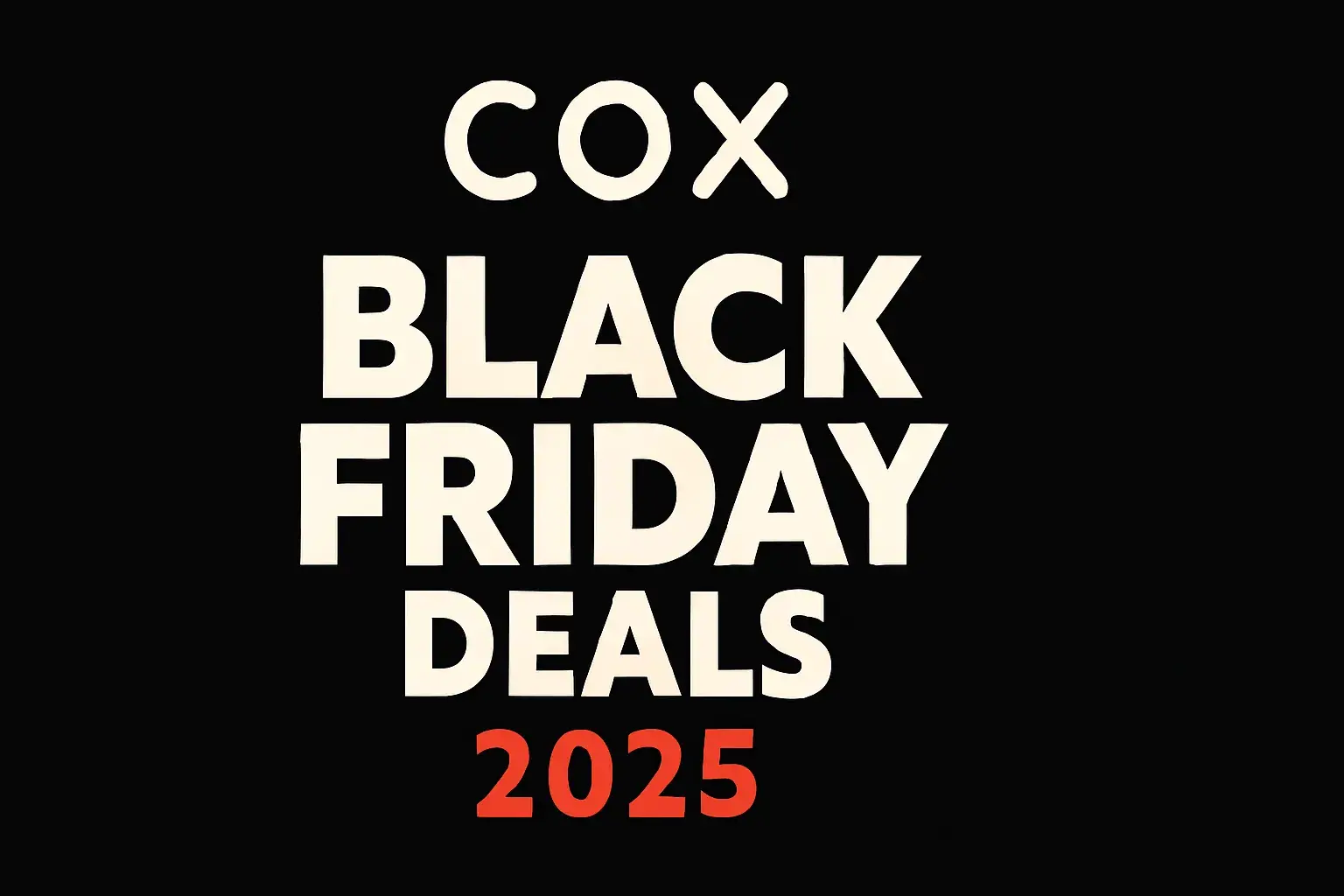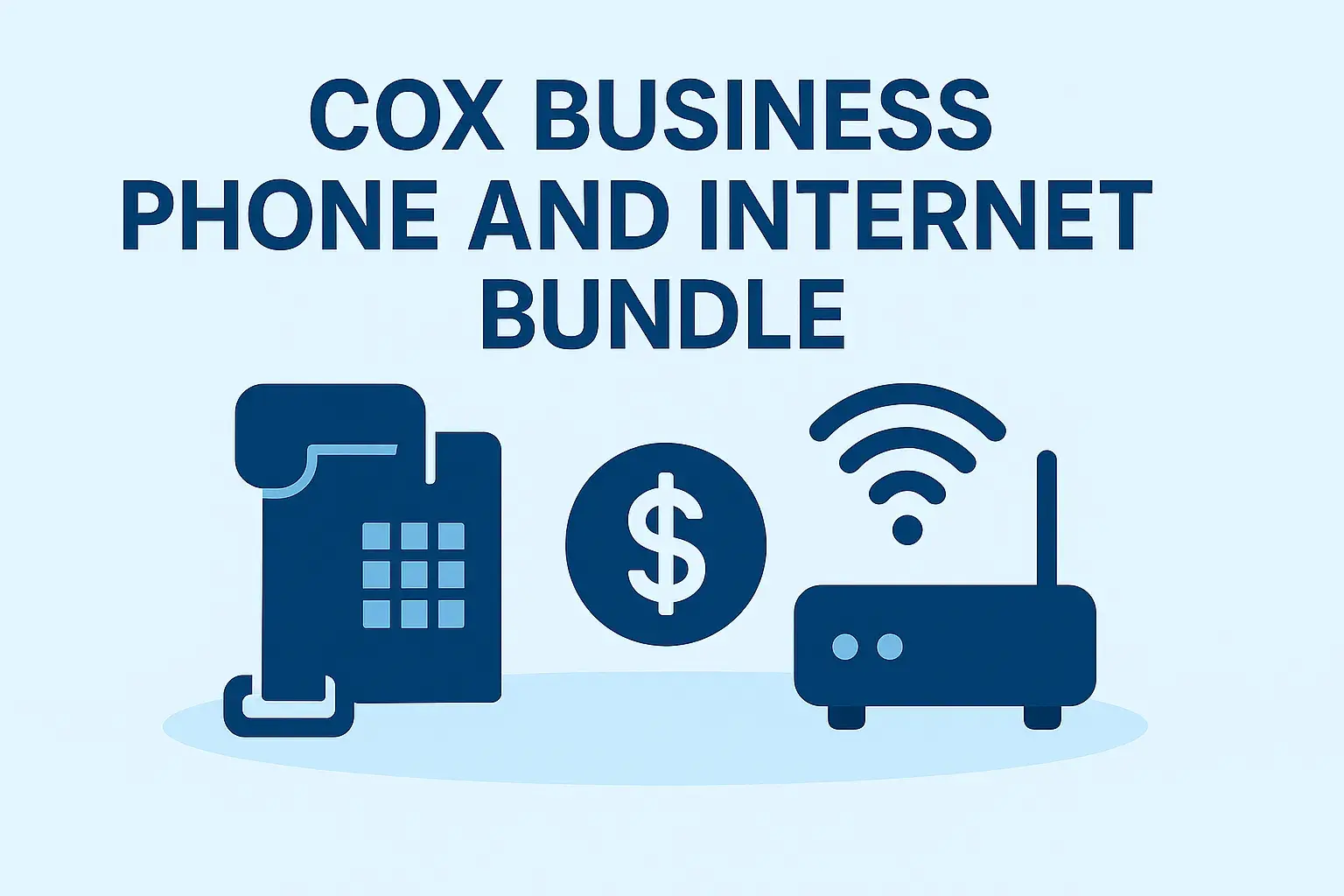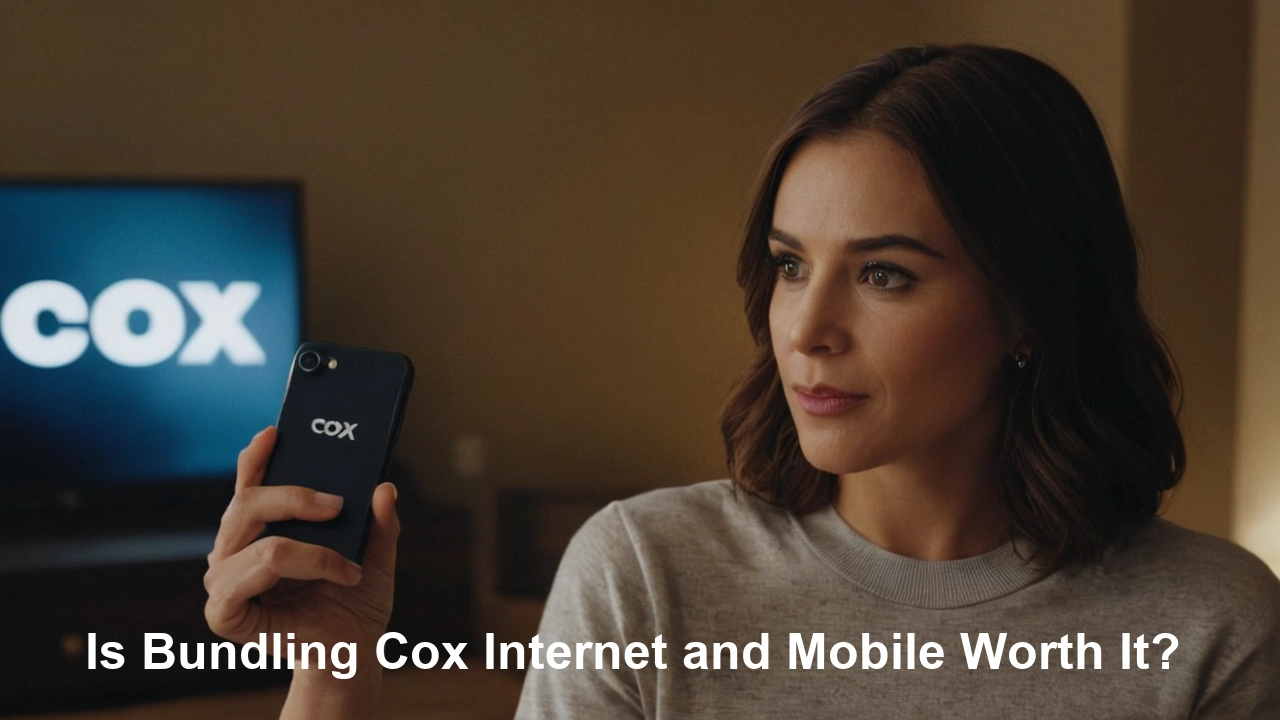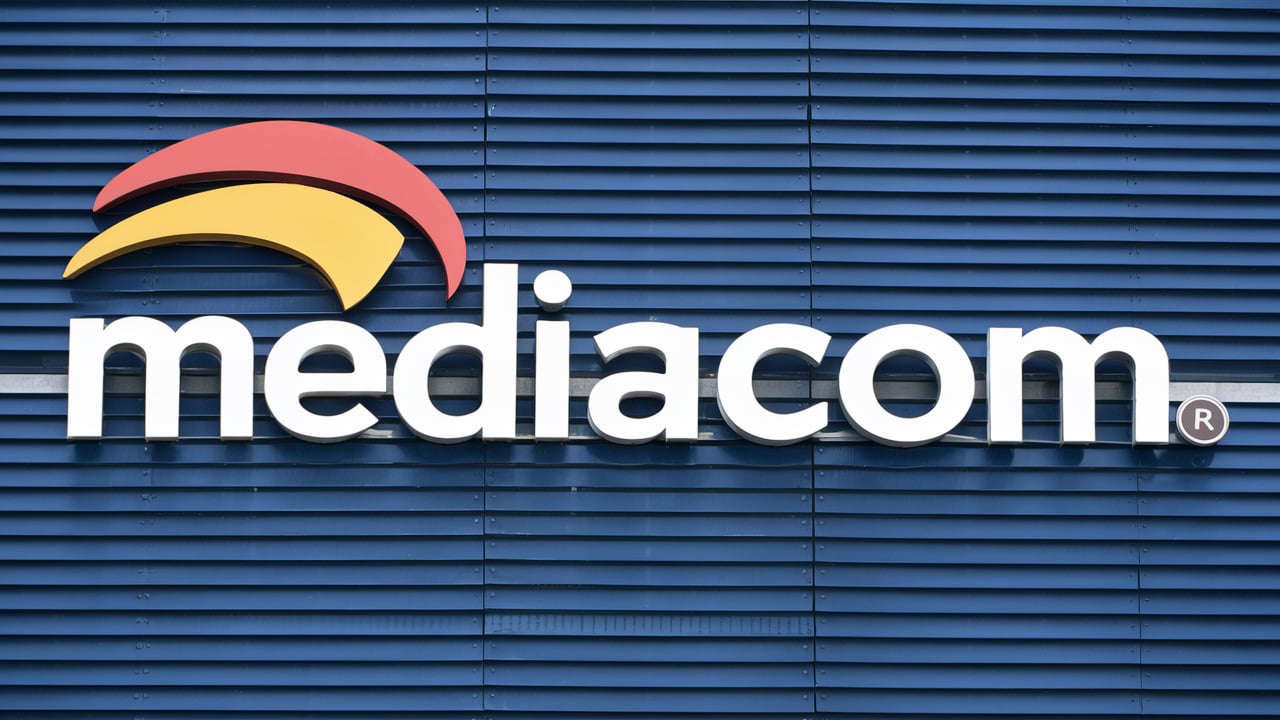
Understanding the "Cost of High Speed Internet" is crucial in today's connected world. This guide breaks down the average expenses, factors influencing pricing, and strategies to find the best value for your budget in 2025.
Understanding the True Cost of High-Speed Internet in 2025
The "cost of high speed internet" is a multifaceted question that goes beyond just the monthly subscription fee. In 2025, consumers are increasingly seeking reliable, fast internet connections for work, entertainment, and communication. However, the price can vary significantly based on numerous factors, including your geographical location, the type of technology used, the speeds you require, and the provider you choose. Simply looking at advertised prices can be misleading, as hidden fees, equipment rental costs, and promotional period expirations can drastically alter the final bill. This comprehensive guide aims to demystify the pricing structures, provide realistic cost expectations, and equip you with the knowledge to secure the best possible deal for your high-speed internet needs.
The average household internet bill in the United States has seen a steady increase over the past few years. In 2025, projections indicate that the average monthly cost for broadband internet is around $75, but this figure is highly variable. For context, in 2023, the average was closer to $70, and by 2024, it had nudged up slightly. This upward trend is driven by increased demand for higher speeds, the ongoing investment in network infrastructure (like fiber optics), and the general inflationary pressures affecting service industries. Understanding these baseline figures is essential before diving into the specifics of what influences your individual internet bill.
The term "high speed internet" itself is relative. What was considered high speed a decade ago is now standard. Today, users often look for download speeds of at least 100 Mbps for basic streaming and browsing, with many households requiring 300 Mbps, 500 Mbps, or even gigabit (1000 Mbps) speeds to accommodate multiple users, heavy streaming, online gaming, and large file downloads. The higher the speed tier, the more expensive the service typically becomes. However, the correlation isn't always linear, and sometimes a slightly higher speed tier might offer better value per megabit.
Furthermore, the type of internet connection plays a significant role in both performance and cost. The primary technologies available to consumers in 2025 include:
- Fiber Optic Internet: Generally the fastest and most reliable, offering symmetrical upload and download speeds. It's often the most expensive but provides the best performance.
- Cable Internet: Widely available and offers good speeds, especially for downloads. Upload speeds are typically lower than download speeds. It's a popular choice due to its balance of speed and cost.
- DSL Internet: Utilizes existing telephone lines. Speeds can vary greatly depending on distance from the provider's central office. It's often the most affordable but also the slowest option among high-speed technologies.
- 5G Home Internet: A newer, wireless option that uses 5G cellular networks. Speeds can be competitive with cable and fiber, but performance can be affected by signal strength and network congestion. It's becoming increasingly popular for its ease of installation and potential affordability.
- Satellite Internet: Available in rural areas where other options are limited. It typically has higher latency and can be more expensive for comparable speeds, often with data caps.
When considering the "cost of high speed internet," it's vital to look beyond the sticker price. A thorough evaluation of your needs, available technologies in your area, and the total cost of ownership (including equipment and potential fees) will lead to a more informed decision. This guide will delve into each of these aspects to ensure you're well-prepared.
Key Factors Influencing Your Internet Bill
Several elements contribute to the final price you pay for high-speed internet. Understanding these can help you navigate provider offers and negotiate better rates. In 2025, these factors remain paramount:
1. Speed Tier (Download and Upload Speeds)
This is arguably the most significant driver of cost. Internet service providers (ISPs) categorize their plans based on advertised download and upload speeds. The higher the Mbps (megabits per second), the more you'll generally pay. For example, a 100 Mbps plan might cost $50-$70 per month, while a 500 Mbps plan could range from $70-$100, and gigabit speeds (1000 Mbps) often start at $80 and can go upwards of $150 or more.
Example:
- Basic High Speed (50-100 Mbps download): Suitable for single users, basic browsing, and occasional streaming. Cost: $50 - $70/month.
- Mid-Tier (200-500 Mbps download): Ideal for families, multiple device usage, HD streaming, and moderate online gaming. Cost: $70 - $100/month.
- Premium (1 Gbps+ download): For power users, large households, 4K streaming, competitive online gaming, and heavy file transfers. Cost: $80 - $150+/month.
Upload speeds are also becoming increasingly important, especially for video conferencing, uploading large files, and live streaming. Fiber optic plans often offer symmetrical speeds (e.g., 500 Mbps download and 500 Mbps upload), which command a premium but offer superior performance for these activities.
2. Type of Internet Technology
As mentioned earlier, the underlying technology significantly impacts cost. Fiber optic is typically the most expensive to deploy and therefore often the priciest for consumers, but it offers the best performance. Cable internet strikes a balance, offering good speeds at competitive prices. DSL, while often the cheapest, is generally slower and may not meet the "high-speed" requirements for many users in 2025. 5G Home Internet is a newer entrant, with pricing often competitive with cable, and satellite remains a niche, often more expensive, solution for specific locations.
3. Geographical Location and Provider Availability
Internet pricing is heavily influenced by competition and infrastructure in your specific area. In densely populated urban areas, you're likely to find multiple providers (e.g., cable, fiber, 5G) competing for your business, which can drive down prices and increase the availability of faster plans. Conversely, in rural or remote areas, competition is often limited, with only one or two providers available (often DSL or satellite). This lack of competition allows providers to charge higher prices for slower speeds.
Statistic: According to 2025 market analyses, the average monthly internet cost in areas with high competition (3+ providers) is approximately 15-20% lower than in areas with limited competition (1-2 providers).
4. Promotional Offers and Contract Lengths
Most ISPs offer introductory pricing for new customers, often for the first 6, 12, or 24 months. While these promotions can significantly reduce the initial "cost of high speed internet," it's crucial to understand the regular price after the promotional period ends. Many plans also require a 12- or 24-month contract. Breaking these contracts can incur early termination fees. Some providers offer month-to-month plans, which provide flexibility but may come at a slightly higher standard rate.
5. Bundling Services
ISPs often offer discounts when you bundle internet service with other services like cable TV or home phone. While this can seem like a good deal, it's important to assess if you actually need the bundled services. Sometimes, the savings are minimal, and you end up paying for services you don't use. It's often more cost-effective to purchase internet and TV separately from different providers if the bundled savings aren't substantial.
6. Equipment Rental Fees
Many providers require you to rent their modem and/or router. These rental fees can add $10-$20 per month to your bill. In 2025, many ISPs allow you to purchase your own compatible modem and router, which can save you money in the long run. Ensure any purchased equipment is on the provider's approved list to avoid compatibility issues.
Average Costs by Speed Tier and Connection Type (2025 Estimates)
To provide a clearer picture of the "cost of high speed internet," here's an estimated breakdown of average monthly prices based on speed tiers and common connection types. These figures are based on national averages and can vary significantly by region and provider. Prices are for standard, non-promotional rates where possible, but introductory offers are common.
| Connection Type | Download Speed Tier | Estimated Monthly Cost (USD) | Typical Use Case | Notes |
|---|---|---|---|---|
| DSL | 25-50 Mbps | $40 - $60 | Basic browsing, email, single-device streaming | Availability and speed are highly dependent on distance from central office. Often the slowest option. |
| Cable | 100-200 Mbps | $55 - $75 | Multiple users, HD streaming, moderate gaming, smart home devices | Widely available, good balance of speed and price. Upload speeds are typically lower than download. |
| Cable | 300-500 Mbps | $70 - $90 | Large households, multiple 4K streams, heavy gaming, large file downloads | Excellent for demanding households. Still has lower upload speeds compared to fiber. |
| Fiber Optic | 300-500 Mbps | $70 - $100 | Similar to high-tier cable, but with symmetrical speeds for better uploads | Offers superior reliability and latency. Upload speeds are crucial for video conferencing and content creation. |
| Fiber Optic | 1 Gbps (1000 Mbps) | $80 - $120 | Extremely demanding households, professional use, virtual reality, extensive smart home integration | The fastest widely available option. Symmetrical speeds are standard. |
| 5G Home Internet | Varies (often comparable to 100-300 Mbps cable) | $50 - $75 | General household use, streaming, browsing | Wireless, easy setup. Performance can vary based on signal strength and network congestion. Often includes unlimited data. |
| Satellite | 25-100 Mbps (download) | $60 - $120+ | Rural areas where other options are unavailable | Often comes with strict data caps and higher latency. Speeds can be inconsistent. |
Important Considerations for the Table:
- Promotional Pricing: The prices listed are often standard rates. Introductory offers can reduce these costs by 20-50% for the first 6-12 months.
- Data Caps: While many cable, fiber, and 5G plans offer unlimited data in 2025, some older plans or satellite services may still have data caps, which can lead to overage charges or speed throttling if exceeded.
- Equipment Fees: The table generally assumes you are either using provider-included equipment or purchasing your own. If renting, add $10-$20 per month.
- Installation Fees: Some providers charge one-time installation fees, ranging from $50 to $200, though these are often waived with promotions or self-installation.
For instance, a household needing robust internet for remote work and entertainment might find a 300 Mbps cable plan at $75/month a good starting point. However, if they are in an area with fiber availability, a 500 Mbps fiber plan at $85/month might offer better overall value due to its superior upload speeds and reliability, especially if they frequently use video conferencing or cloud storage. The "cost of high speed internet" is therefore not just about the number but the quality and suitability of that speed for your specific needs.
Beware of Hidden Fees and Additional Expenses
The advertised price for "high speed internet" is rarely the final amount you'll pay. Service providers often include various fees and charges that can significantly inflate your monthly bill. Being aware of these potential costs is crucial for accurate budgeting and avoiding surprises.
1. Equipment Rental Fees
As previously mentioned, this is one of the most common recurring fees. ISPs typically charge a monthly fee for renting their modem and router. These fees can range from $10 to $20 per month. Over a year, this adds up to $120-$240. Purchasing your own compatible equipment can eliminate this recurring cost, although it requires an upfront investment (typically $100-$300 for a good quality modem/router combo or separate units).
Actionable Tip: Always ask your provider about their equipment rental fees and whether they allow you to use your own compatible equipment. Check their website or call customer service for a list of approved devices.
2. Installation and Activation Fees
Many providers charge a one-time fee for installing the service and activating your account. These fees can range from $50 to $200. While these are not recurring, they represent an initial upfront cost. Fortunately, these fees are often waived as part of promotional offers for new customers, especially if you opt for self-installation.
Tip: Inquire about self-installation kits. If your home is already wired for the service, self-installation can often save you the installation fee.
3. Data Overage Charges
While unlimited data plans are becoming the norm for cable, fiber, and 5G home internet, some plans, particularly satellite and older DSL/cable plans, may still have data caps. Exceeding these caps can result in expensive overage charges or a significant reduction in your internet speed (throttling) for the remainder of the billing cycle. It's essential to understand your plan's data allowance and monitor your usage.
Statistic: In 2025, approximately 70% of broadband plans in major metropolitan areas offer unlimited data, but this figure drops to below 40% for satellite internet services.
4. Early Termination Fees (ETFs)
Many internet contracts come with a commitment period, typically 12 or 24 months. If you cancel your service before the contract ends, you'll likely incur an ETF, which can be $10-$20 per month for each remaining month of the contract. This can amount to hundreds of dollars if you need to move or switch providers early.
Tip: Carefully review the contract terms before signing. If you anticipate moving or might need to switch providers, consider opting for a month-to-month plan, even if it's slightly more expensive per month.
5. Service Upgrade Fees
Sometimes, if you decide to upgrade your speed tier, some providers might charge a small fee for the service change. This is less common than other fees but worth being aware of.
6. Taxes and Surcharges
Your monthly bill will also include various federal, state, and local taxes, as well as regulatory fees and surcharges imposed by the government and the ISP. These can add an additional 5-15% to your base monthly charge. The exact amount varies significantly by location.
7. Premium Support or Security Packages
Some providers offer optional add-on services like premium technical support, cybersecurity software, or home network protection plans for an additional monthly fee. These are usually unnecessary for most users but can increase the overall cost.
To accurately gauge the "cost of high speed internet," always ask for a detailed breakdown of all potential fees and charges before signing up. Requesting a "total estimated monthly cost" that includes all applicable fees and taxes will give you a much clearer picture.
How to Compare Internet Providers and Plans Effectively
Navigating the landscape of internet providers and plans can be overwhelming. To ensure you're getting the best "cost of high speed internet" for your needs, a systematic comparison is essential. Here’s a step-by-step approach:
1. Determine Your Internet Needs
Before you start comparing, understand what you'll be using the internet for. Ask yourself:
- How many people will be using the internet simultaneously?
- What activities will they be doing (browsing, streaming HD/4K, online gaming, video conferencing, downloading large files)?
- Do you need fast upload speeds for work (e.g., uploading videos, cloud backups)?
- What is your budget?
This will help you identify the necessary speed tiers and connection types. For instance, a single user primarily browsing and checking email needs far less speed than a family of five streaming 4K content and gaming online.
2. Identify Available Providers in Your Area
Not all providers offer service everywhere. Use online tools (like those on yourbroadbandprovider.com, or similar comparison sites) or visit the websites of major ISPs (e.g., Comcast/Xfinity, Spectrum, Verizon Fios, AT&T Fiber, T-Mobile Home Internet, Starlink) and enter your zip code to see who offers service at your address.
3. Compare Speed Tiers and Technology
Once you know your needs and available providers, compare the speeds and technologies offered. Pay attention to both download and upload speeds. Fiber optic will generally offer the best performance, followed by cable and then 5G Home Internet. DSL and satellite are typically the slowest options.
Example Comparison:
- Provider A (Cable): 300 Mbps download / 20 Mbps upload for $75/month.
- Provider B (Fiber): 500 Mbps download / 500 Mbps upload for $85/month.
- Provider C (5G Home): Speeds vary, advertised up to 300 Mbps download, unlimited data for $60/month.
For a household needing good upload speeds for remote work, Provider B offers superior value despite the higher price, due to its symmetrical speeds. Provider C might be the cheapest but could be less reliable or slower during peak hours.
4. Scrutinize Pricing and Fees
This is where the "cost of high speed internet" gets tricky. Look beyond the advertised monthly price:
- Promotional vs. Standard Rate: How long does the promotional price last? What is the standard rate afterward?
- Contract Length: Is there a contract? What are the early termination fees?
- Equipment Fees: Is there a monthly rental fee for the modem/router? Can you use your own?
- Installation/Activation Fees: Are these waived or included?
- Data Caps: Are there any data limits? What are the overage charges?
- Taxes and Surcharges: Estimate these based on your location.
Calculate the total estimated cost for the first year and subsequent years for each plan.
5. Read Reviews and Check Reliability
Speed and price are important, but reliability is paramount. Look for customer reviews and independent reports on provider performance in your area. Websites like Speedtest.net or consumer advocacy groups often provide insights into real-world speeds and customer satisfaction.
6. Consider Bundling Carefully
If you also need TV or phone service, check if bundling offers significant savings. However, always compare the bundled price to the cost of purchasing services separately. Sometimes, unbundling provides better value.
7. Negotiate
Don't be afraid to negotiate with providers, especially if you have competing offers. Mentioning competitor pricing or even threatening to switch can sometimes lead to discounts or better terms.
By following these steps, you can move beyond the surface-level "cost of high speed internet" and make an informed decision that balances performance, features, and true affordability.
Strategies for Finding the Best Value for Your High-Speed Internet
Securing the best "cost of high speed internet" is about more than just finding the cheapest plan; it's about finding the plan that offers the most value for your specific needs and budget. Here are effective strategies to achieve this in 2025:
1. Accurately Assess Your Speed Needs
Overpaying for internet speed you don't use is a common mistake. As detailed earlier, use your anticipated usage patterns to determine the minimum required download and upload speeds. For most households in 2025, 100-300 Mbps download is sufficient for general use, while heavier users might need 500 Mbps or more. Prioritize upload speeds if you frequently video conference, stream live, or upload large files.
2. Leverage Introductory Offers Wisely
Promotional pricing can significantly reduce your initial internet bill. However, always:
- Know the End Date: Be aware of when the promotional period ends and what the standard rate will be.
- Budget for the Standard Rate: Ensure you can afford the service at its regular price.
- Consider "Deal Churning": If your contract allows, you might be able to switch providers or sign up for a new customer deal again after the initial promotion expires, though this can be disruptive.
3. Purchase Your Own Equipment
As highlighted before, the monthly rental fee for modems and routers can add up substantially over time. Investing in your own compatible equipment (typically $100-$300) can save you $120-$240 annually. Ensure the equipment you buy is on your ISP's approved list to guarantee compatibility.
Example: If a provider charges $15/month for equipment rental, buying your own $200 modem/router combo will pay for itself in less than 14 months.
4. Look for Unlimited Data Plans
Avoid plans with data caps whenever possible. The risk of incurring overage charges or experiencing speed throttling is not worth the potential savings, especially as internet usage continues to grow. Most cable, fiber, and 5G home internet plans offer unlimited data.
5. Consider 5G Home Internet as an Alternative
For many households, 5G Home Internet offers a compelling combination of speed, ease of installation, and often unlimited data at a competitive price point, frequently rivaling cable internet. If available in your area, it's worth exploring as a potentially more affordable high-speed option, especially if you don't require the absolute highest symmetrical speeds of fiber.
6. Negotiate with Your Current Provider
If you're unhappy with your current "cost of high speed internet," contact your provider. Explain your situation, mention competitor offers, and ask if they can offer a better rate, a discount, or a more suitable plan. Loyalty doesn't always pay, but sometimes a proactive conversation can lead to savings.
7. Explore Government Assistance Programs
Programs like the Affordable Connectivity Program (ACP) in the US (though its future funding is uncertain in 2025, check for updates) can provide significant discounts on internet service for eligible low-income households. Research any available government subsidies or local initiatives that might reduce your internet costs.
8. Bundle Strategically, Not Blindly
Bundling can offer savings, but only if you genuinely need all the bundled services. Calculate the cost of each service individually versus the bundled price. Sometimes, purchasing internet from one provider and TV/phone from another can be cheaper.
9. Read the Fine Print for Hidden Costs
Always ask for a complete breakdown of all potential fees: installation, activation, equipment, early termination, taxes, and surcharges. Calculate the total estimated cost for the first year and subsequent years to get a true picture of the "cost of high speed internet."
By employing these strategies, you can effectively cut through the marketing jargon and find an internet plan that delivers the speed and reliability you need without breaking the bank.
Future Trends in Internet Pricing
The landscape of internet service is constantly evolving, and several trends are likely to shape the "cost of high speed internet" in the coming years. Understanding these can help consumers anticipate changes and plan accordingly.
1. Expansion of Fiber Optic Networks
The push towards fiber optic deployment is expected to continue. As more areas gain access to fiber, competition will increase, potentially driving down prices for gigabit-level speeds. However, the significant infrastructure investment required means fiber may remain a premium service in many regions for some time. The cost of installation and the ongoing maintenance of these advanced networks will continue to be factors in pricing.
2. Maturation of 5G Home Internet
5G Home Internet is poised to become a more significant player. As networks mature and coverage expands, 5G will offer a viable high-speed alternative to traditional wired services, especially in areas where deploying cable or fiber is cost-prohibitive. Pricing is likely to remain competitive, often undercutting comparable wired plans, and the ease of installation will remain a major draw. However, network congestion and signal variability could still be challenges impacting consistent performance and thus influencing perceived value.
3. Increased Competition and Bundling Evolution
As more providers enter the market (especially with 5G) and existing ones expand their offerings, competition is likely to intensify. This could lead to more aggressive pricing, better promotional deals, and a greater focus on customer retention. We may also see a shift in how bundling works, with providers offering more flexible packages or integrating services in new ways, such as bundling with mobile plans or streaming services more seamlessly.
4. Potential for Price Increases Due to Infrastructure Costs
Despite increased competition, ISPs face ongoing substantial costs for maintaining and upgrading their networks. The demand for ever-increasing speeds and bandwidth, driven by new technologies like AI, the metaverse, and more immersive online experiences, will necessitate continuous investment. These costs will inevitably be passed on to consumers in some form, potentially leading to gradual price increases for the fastest tiers of service, even as more affordable options become available.
5. Regulatory Influences and Net Neutrality
Government regulations and policies, including those related to net neutrality, broadband deployment, and affordability programs, can significantly impact internet pricing. Changes in these areas could either foster competition and lower costs or lead to different pricing structures and service tiers. The ongoing debate and potential legislative actions surrounding net neutrality, for instance, could influence how providers manage traffic and charge for different types of data or speeds.
6. Focus on Value-Added Services
Beyond raw speed, providers might increasingly differentiate themselves by offering value-added services. This could include enhanced cybersecurity features, integrated smart home solutions, improved customer support, or bundled streaming subscriptions. The "cost of high speed internet" might become less about the price per Mbps and more about the overall package of services and benefits provided.
In conclusion, while the trend towards faster and more accessible internet continues, consumers should remain vigilant. The "cost of high speed internet" will likely continue to be influenced by a complex interplay of technological advancements, market competition, infrastructure investments, and regulatory frameworks. Staying informed and employing smart comparison strategies will be key to securing the best value in the years ahead.
In summary, the "cost of high speed internet" in 2025 is a dynamic figure influenced by speed, technology, location, and provider. While average costs are rising, strategic assessment of needs, careful comparison of plans, and awareness of hidden fees can lead to significant savings. Prioritizing your actual internet usage over marketing hype and considering options like purchasing your own equipment or exploring 5G Home Internet are key to finding the best value. Always seek a transparent breakdown of all costs before committing to a service provider.






